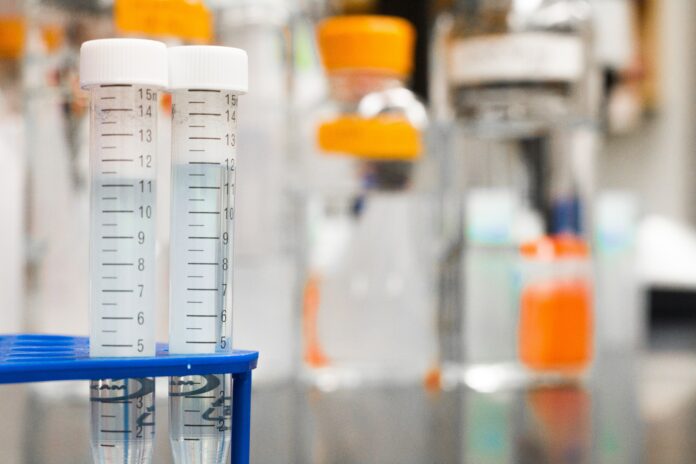Working in a lab, especially a research lab, is a little chaotic. Keeping experiments uniform can be a challenge when lab managers are always hunting for the best deal on supplies and equipment is constantly malfunctioning. While you can’t quickly solve all these problems, you can make sure that your protocol is as organized as possible to keep you on track.
Many labs use SOPs, or standard operating procedures, to keep work consistent for all members of the lab. Clinical labs tend to have much more in-depth SOPs compared to translational or basic research labs, but having a detailed protocol to come back to can make running experiments much less stressful!
So, what makes a good SOP?
Detail, detail, detail
Make sure to list every single step of the process so that if someone came in who had never worked there before, they would know exactly what to do. Of course, you want to include major items like incubation times or reagent concentrations. But you may also want to include where reagents are located around the lab, how best to label things, etc. The more detail, the better. Once you’re confident in a protocol, you can always keep a simplified version of it on hand while you’re moving around the lab.

Keep the official manual
If there’s a protocol from the official manual, include that in your files with your own SOP, especially if you’re planning to make changes. For example, suppose you’re writing the protocol for a qPCR and plan on using a commercial kit. In that case, you’d want to include the kit’s manual alongside any changes that you’ve made in the optimization process. These don’t necessarily need to be in the same document, but having the original manual available (without having to hunt for it on the web) can be useful if you need to go back and check something in the middle of an experiment.
Make a list of all your materials
A materials list makes it much easy to replicate an experiment if your lab suddenly switches universities or if you get a new job. That way, you know exactly what materials you used to produce the same result as before. This should include item reference numbers and even potentially a link to the item on the company’s website or wherever you bought it from (i.e. Fisher or VWR).
Include methods for analysis
Sometimes you walk away from your data for a while, and when you come back you just can’t remember what the heck you did. This can be easily solved by writing down the steps or equations you used to analyze your data. If you had to use specific software, include basic instructions on how to use it in case you need to come back later.
Even in the most organized lab environment, SOPs help to provide structure and maintain consistent results throughout the course of your experiments. They can make it easier to train new students, and help keep things running smoothly in the lab. Having thorough lab SOPs can make all the difference!











